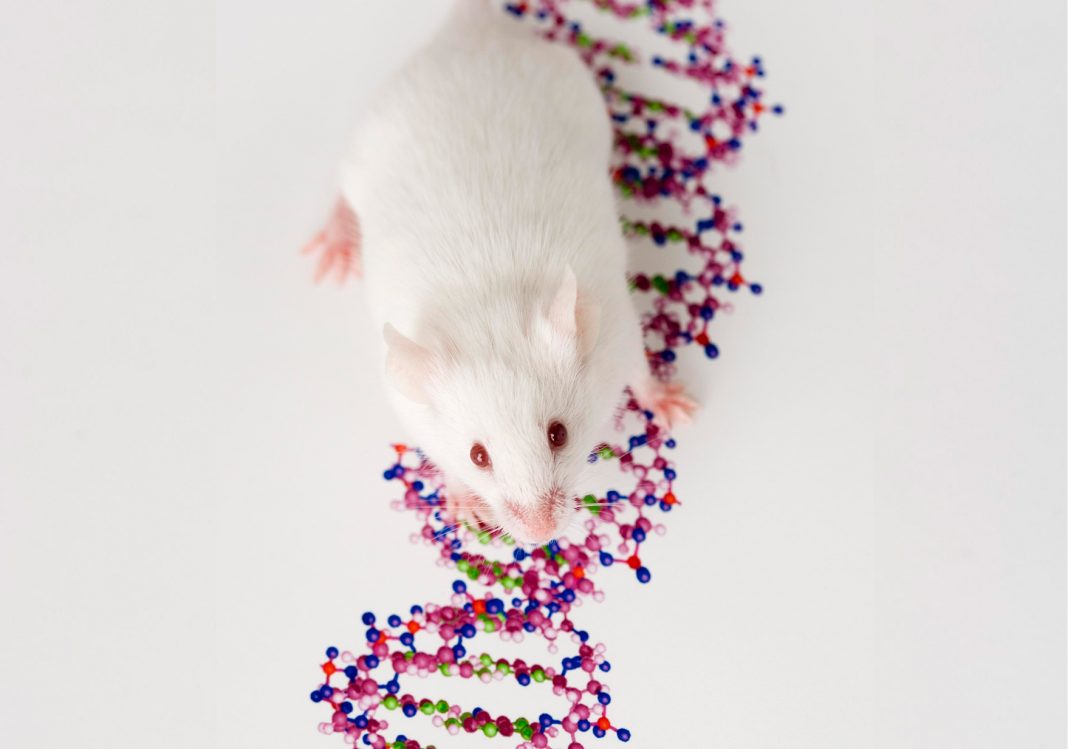By Uduak Thomas
In December 2022, U.S. President Joe Biden signed the FDA Modernization Act which states that drug developers are no longer mandated to test new medicines in animals to get them approved by the FDA. The legislation cleared a path for companies to use any number of alternative technologies that have sprung up in recent years including organoids and organs-on-chips in lieu of animal testing. But nearly one year after the president approved the new regulation, the response from drug developers is mixed.
Using nonanimal models for testing could save companies’ millions spent on purchasing and maintaining thousands of mice and other mammals, while avoiding the messy ethics of animal testing. In addition to putting the choice of which models to use in the hands of drug development companies, the legislation paved a path for purveyors of alternative testing technologies to step into the limelight. Regulatory agencies in the United States and abroad have indicated that they are open to companies using various animal and human models for testing. For example, the U.S. Environmental Protection Agency plans to eliminate mammal testing in its studies by 2035, with some exceptions.
Some companies like LifeNet Health (LNH), which provide models of human biology for testing drug efficacy, say that the pace of adoption is relatively slow but steady, not unexpected given how deeply entrenched animal studies are. The company’s TruVivo product is the first 2D+ hepatic system with prequalified primary human cells designed to mimic the microarchitecture and functionality of the human liver. The system, which launched officially in April, consists of primary human hepatocytes as well as endothelial and stromal cells gleaned from donated human tissue. TruVivo requires only a basic level of cell culture knowledge and standard cell culture equipment.
Since it launched, companies such as Boehringer Ingelheim Pharmaceuticals and Corteva Agriscience have used TruVivo in their studies. Other solutions introduced by LNH include primary human hepatocytes, Kupffer Cells, hepatic stellate cells, and liver endothelial cells. “Both the public and private sector [realize] that animal experimentation is beneficial to humans as well as harmful. Things are shifting,” Louis Dias, LNH’s vice president and general manager, life sciences, told GEN.
For its part, Emulate, a developer of organs-on-chips, has seen a significant spike in business since the announcement. The company’s portfolio features models of the brain, intestine, kidney, liver, and lung that are used for drug safety, toxicity, and efficacy studies. Customers can also build their own humanoid models of disease leveraging Emulate’s foundational chip technology.
In a conversation with GEN, Emulate’s CEO Jim Corbett said that the company’s total revenues have grown 40% in the eight months since Mod 2.0 was signed compared to the same period in the prior year. Sales of Emulate’s instruments also climbed 90% for the same period. And 45% of customers for its instruments, services, and consumables are new clients, up from 35% for the same time frame last year.
Much of that growth is coming from the pharmaceutical industry, but there is growing interest from government and academia in adding organ-on-chip technology to their toolboxes. “We are seeing a shift in people coming into the space, acquiring the technology, working it into their workflows, seeing where it adds value, and getting educated on it,” Corbett said. “People recognize they have to get this competency in-house because it will be part of their future.”
Barriers to change and how to tackle them
It is widely known that many drugs make it past animal testing but ultimately fail in human clinical trials about 90% of the time due to anatomical and biological differences as well as variations in disease mechanisms and pathways in animals and humans. And this is just one of several “compelling forces” to turn to humanoid models, Dias noted. “Not only is there a huge species difference, healthy and diseased [states] are radically different.” A 2015 study reported that 114 potential therapies for treating strokes that initially tested well in animals ultimately failed in human trials. That same paper highlighted failed treatments for other conditions like amyotrophic lateral sclerosis, Alzheimer’s disease, and cancer in humans that initially seemed to work in animal models.
There are a few possible reasons for companies’ hesitation. It’s partly from concerns about the burden of proof drug developers have to meet to prove the safety and efficacy of their drugs, according to Sharon Collins Presnell, PhD, a cell biologist and LNH’s vice president of product development for life sciences. There may also be costs associated with purchasing new equipment and training to support new forms of preclinical testing that scientists are not necessarily familiar with. “There is a long history of [research] questions being answered with certain models. One of the things that we hear a lot is ‘don’t change my practices too much’,” Presnell said in a conversation with GEN.
The reticence may also have to do with the dearth of data around human models. Many animal models have well-characterized validation datasets, and scientists may simply be waiting for similar kinds of validation data around human organs to feel comfortable with using them. That’s an area that providers like LNH can work on improving, Dias noted. Shoring up primary human cell supply chains is one task but “it’s also incumbent upon us to make sure that [models are] fully characterized.”
Upending the culture of animal experimentation, in place since the 1930s, was never going to be quick. After 80 years of animal models, there are well-established rules and frameworks in place for drug discovery through clinical trials. LNH expects that companies’ use of human models for preclinical testing will pick up speed over the next several years. “In the short-term, there will be a blend of animal testing and some of the newer models. Once we are past that stage, the process will accelerate,” Presnell said.
Alternative tech like organs on chips require a new decision-making framework and it will take time to fully flesh out the parameters. Necessarily, there is going to be a transition phase during which research companies, academics, and regulatory agencies will need to continue improving and validating the models as well as helping scientists better understand how the models fit into their programs, Emulate’s Corbett said. Most likely, “you will start to see a reduction in [the use of] animals. You are not going to see an elimination.” For example, while performing a safety profile for a small molecule typically involves two animal studies, during the transition phase, scientists may replace one of them with an organ-on-a-chip.
It’s also likely that animal and humanoid models will co-exist in the future for different use cases. The hope is that increasingly, scientists will rely more on primary human cells and models but in some industries, like regenerative medicine or organ replacement, scientists may not be able to abandon animal testing completely, Presnell noted.
Overall instances of animal testing should start to drop over the next few years as companies adopt new testing modalities. Much like the spread of COVID-19 vaccines, early adopters that market drugs tested and approved purely or partly using human models are essential for encouraging people to take the plunge. “So much of the uptake is driven by truly successful use cases. Finding those champions for change, working closely with them, and listening to [them during] development of the product is critical,” Presnell said.
Governments can also hasten adoption by funding the development of alternatives to animal models, Corbett added. Some states have already taken steps in that direction. For example, Maryland has a new law on its books that requires animal laboratories to contribute to a fund that will be used to provide grants and loans for state-funded research into model alternatives. Since the Mod 2.0 act passed last year, scientists have formed working groups to think through how to build new research and regulatory frameworks for alternatives to animal models, Corbett added. New funding would help those efforts progress faster.
Building up validation datasets for alternative models is also important for enabling broader adoption. Emulate, for example, published a validation study of its human Liver-Chip in Nature Communications Medicine last year. The data showed that the human liver model could correctly identify 87% of small molecule candidates that caused drug-induced liver injury. More recently, the company published a second paper in Expert Opinion Drug Discovery that offers guidance on integrating its Liver-Chip data into the pharmaceutical decision-making process. Emulate will continue to provide similar guidelines and recommendations for its technology moving forward, Corbett said. And he expects that other companies, academics, and regulatory agencies will continue improving and validating models as well as helping scientists understand how they fit into their programs.
Economic considerations could also push humanoid models’ adoption forward. “Pharma companies have to deal with pricing pressures, and they can’t be unproductive with their R&D dollars,” Corbett said. “I think the drive for productivity and having better success in the clinic and producing drugs at a less expensive rate is going to move the needle quicker.”


